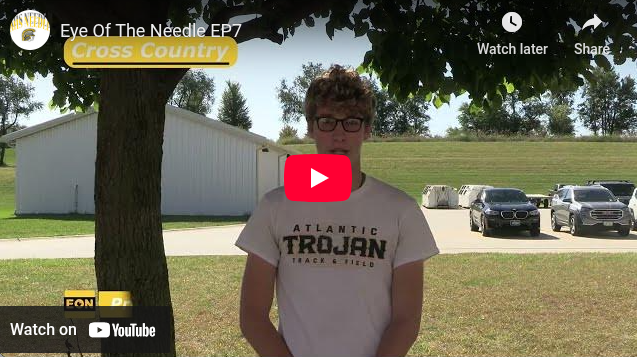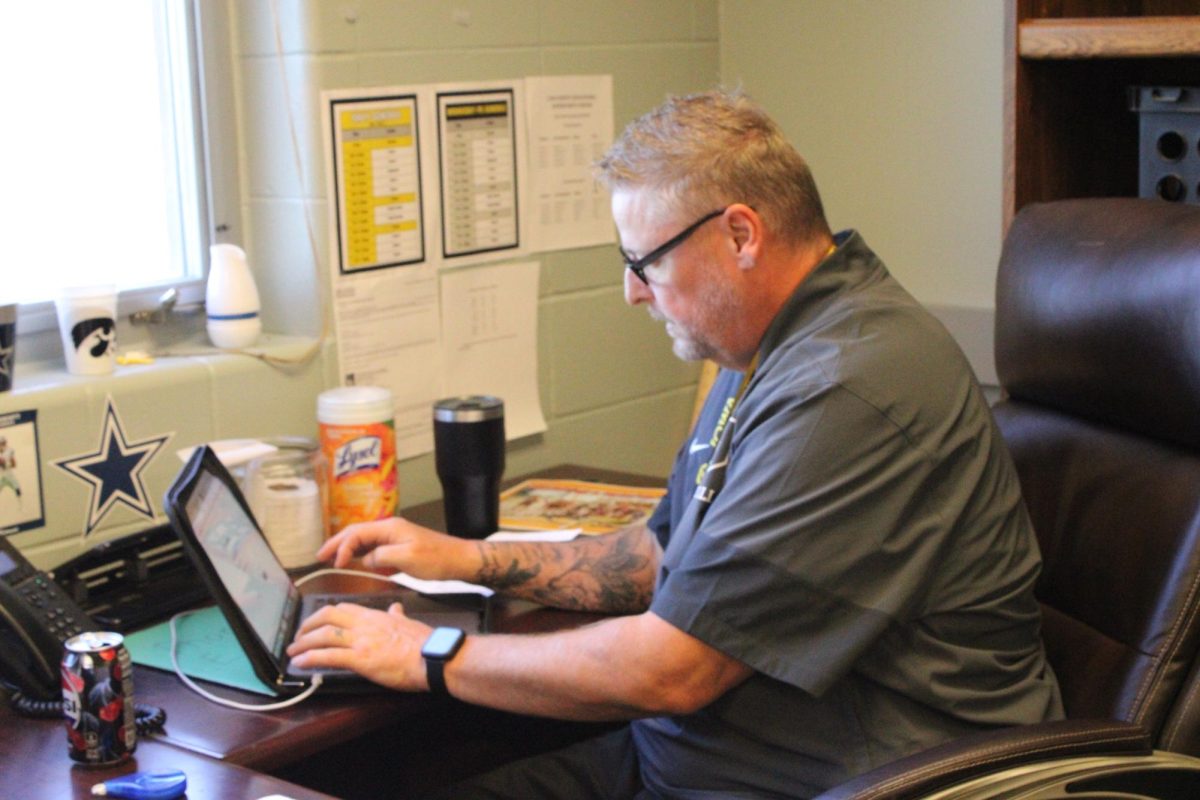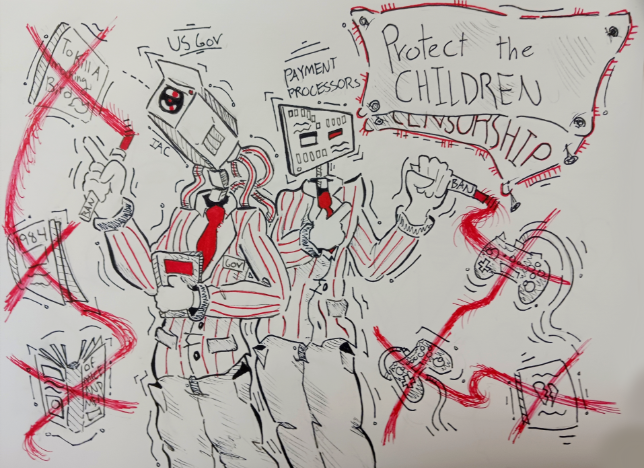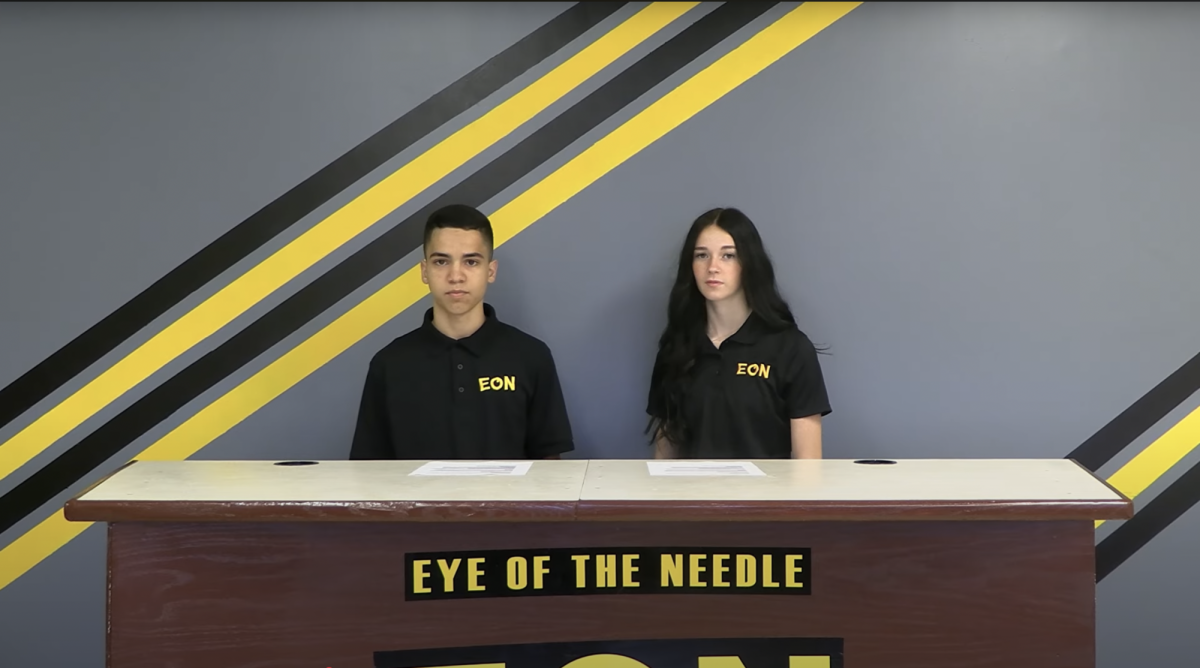Understanding Instructional Practice Inventory Days
Teachers bounce back and forth from classroom to classroom on IPI observation days.
Freshmen Dylan Comes and Daniel Freund work on math during study hall. Student interaction in higher-order thinking rates a five on the student-engagement scale.
November 13, 2019
Every quarter, teachers from across the district arrive at AHS and pop in and out of classrooms, counting students and asking questions about the assignments. Most students have learned to ignore this, but some wonder what is going on.
Instructional Practice Inventory (IPI) is the process used to get an understanding of student engagement. Overall, this is a quick snapshot to get an idea of how many students are actually locked in on what’s happening during classes. IPI is not designed to evaluate teachers, it is strictly for the students. However, when teachers are collecting data, it can be a distraction and more students can become disengaged. This process has been used in the Atlantic Community School District for two years now.
The IPI process comes with a grading scale, one to six. Teachers who are collecting data categorize each classroom. The first step is overviewing the entire classroom and determining if it is a higher or lower-ordered environment. The next thing determined is student engagement based off of the grading scale. A student who is completely disengaged–sleeping, or on their phone–yields a one rating. If a class is being lead in a lecture-style of learning, then the grade is four. Finally, one-on-one interactions boast the highest ranking. Everything else falls in between.
Not just anybody can be a data collector. The Atlantic Community School District has a team of trained teachers who have completed an eight-hour course and passed the test that followed. There are two people from each school building that collect data, and Amber Moore also rotates through each of the buildings.
Lisa Sonntag is a data collector. She uses the IPI process to her advantage in her classroom. “I love getting new ideas to bring to my classroom after collecting data in other classes,” Sonntag said. During a lecture-lead class, Sonntag tries to incorporate as much student physical engagement as possible. She wants students focused even if they choose not to be. After collecting data, she noticed, “Student engagement is higher when kids are up and moving. Students also tend to be off task more when there is a sub.” When Sonntag collects data, she “enjoys seeing what students are doing in other classes because I don’t get to see that very often.”
There are many strategies for everyone that help them stay focused. Freshman Jackson McLaren and junior Cameryn Pitzer said “quiet environments” help them stay focused. Sophomore Eleanor Greving said she pays the most attention “when we are playing games related to the content.” Senior Corbin Logemann feels most engaged “when the learning is something that interests me.” The IPI process helps teachers understand what activities and styles of learning hold students’ focus.








